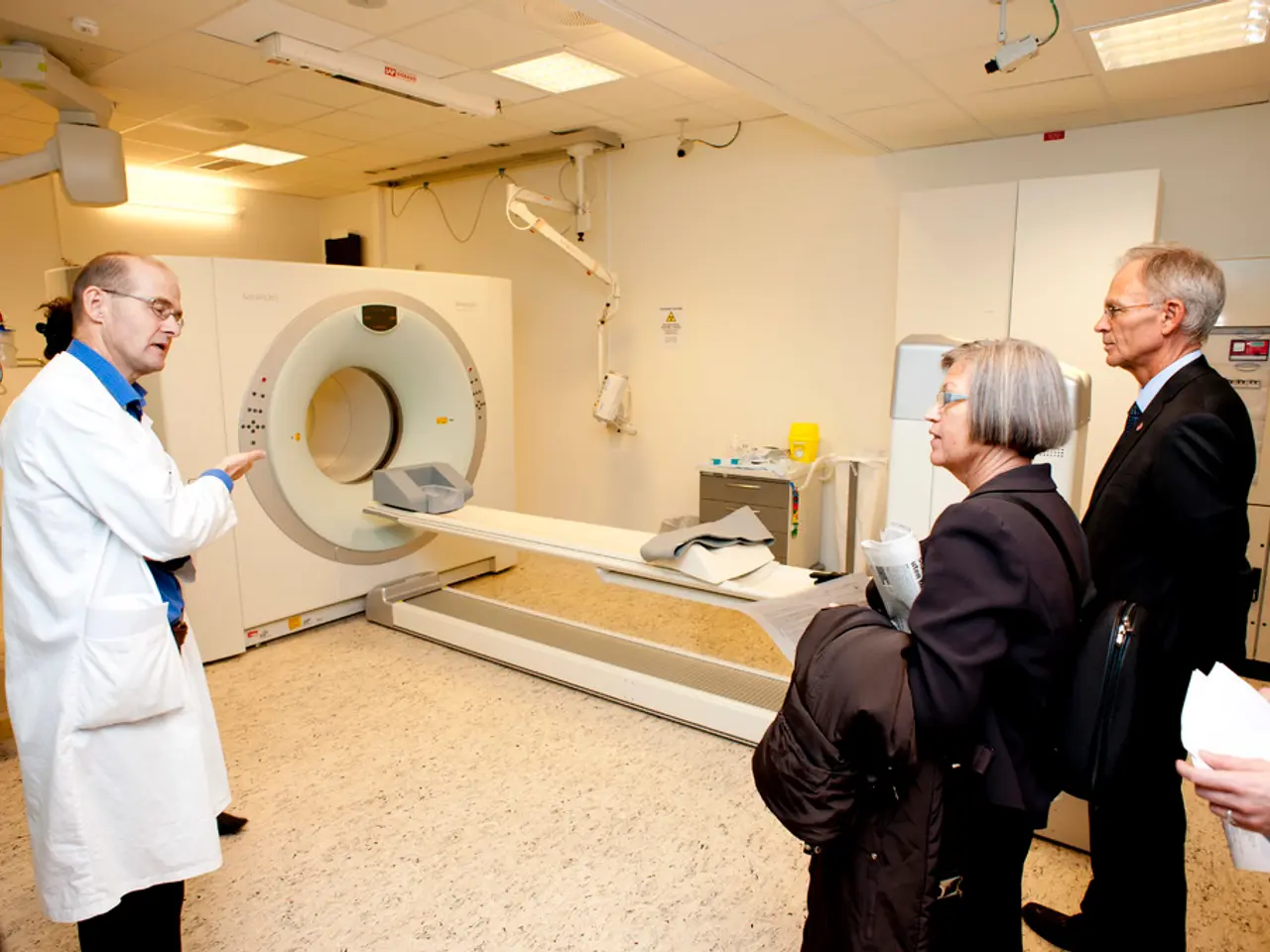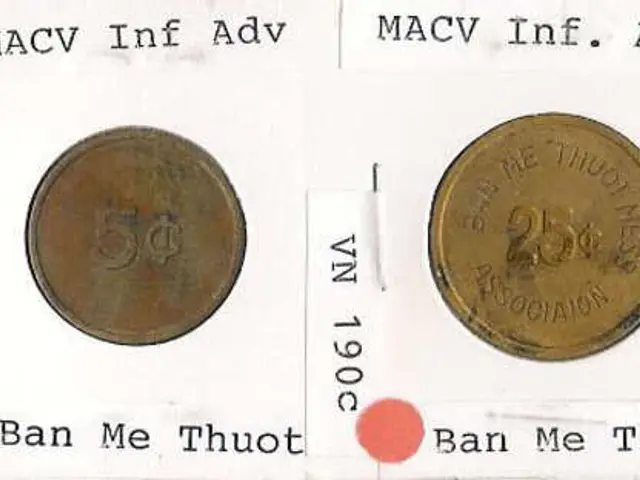Discourse on the Evolution of Radiology Continued: Exploring Future Developments
The University of Pennsylvania Health System (UPHS) is embarking on a significant transformation, with a focus on leveraging technology to improve efficiency and effectiveness in healthcare delivery. At the helm of this change is Mitchell Schnall, MD, PhD, who has been appointed as the senior vice president for data and technology solutions at UPHS.
Schnall, who previously served two terms as chair of radiology in Penn’s Perelman School of Medicine, is no stranger to the institution. Having been on an upward trajectory at Penn since leaving high school, Schnall is now spearheading efforts to understand new tools and approaches and determine how best to implement them across UPHS.
The goal is to marry the tools to daily work needs, making everything more effective and efficient. This shift is particularly relevant in the field of radiology, where the paradigm is changing. Traditionally, radiology has been viewed as a high-cost, nuanced resource reserved for high-end imaging. However, with advances in technology, imaging is becoming faster, more convenient, and cheaper, eroding this traditional model.
Clinical skills are evolving, and radiologists may become part of the upfront management of the process, hinting at a "physician-plus-radiologist" model of specialist approach. Specialists such as cardiologists and pulmonologists are also encroaching into imaging, making it a topic of discussion.
Schnall shares his experiences and concerns about how the work of radiologists has changed dramatically and is moving away from them understanding medical imaging technology. He cautions that if radiologists don't have the knowledge base and understand the technology, they may lose the opportunity to play a technology role, which weakens the specialty.
The electronic health record (EHR) is a key focus, with Schnall working between information technology and clinical practice. Convenience, safety profile, and costs are important factors in the adoption of new technology in radiology. Schnall notes that in many ways, the patients are always going to win, and the technology that provides the best care in the most effective way is typically going to prevail.
AI is viewed differently than MR was when it was being developed, with change being the way AI is viewed. The fiscal pressure on healthcare organizations and the healthcare system is currently recognized, making the need for such transformations all the more urgent.
It's important to note that the search results do not provide information about the organization associated with Saurabh Jha, MD. However, the discussion around the role of radiologists in the evolving healthcare landscape is far from over. As UPHS continues to navigate this transformation, the future of radiology and its role in the healthcare system remains an exciting and dynamic field to watch.
Mitchell Schnall, MD, PhD, serves as senior vice president for data and technology solutions for the University of Pennsylvania Health System, and he still serves as group co-chair of the ECOG-ACRIN Cancer Research Group since its founding in 2012. Penn Medicine was among the first institutions to go filmless, but some workstation designs were unworkable. Despite these challenges, the future of radiology at UPHS looks promising as they continue to embrace technology and innovation.
Read also:
- Peptide YY (PYY): Exploring its Role in Appetite Suppression, Intestinal Health, and Cognitive Links
- Toddler Health: Rotavirus Signs, Origins, and Potential Complications
- Digestive issues and heart discomfort: Root causes and associated health conditions
- House Infernos: Deadly Hazards Surpassing the Flames








